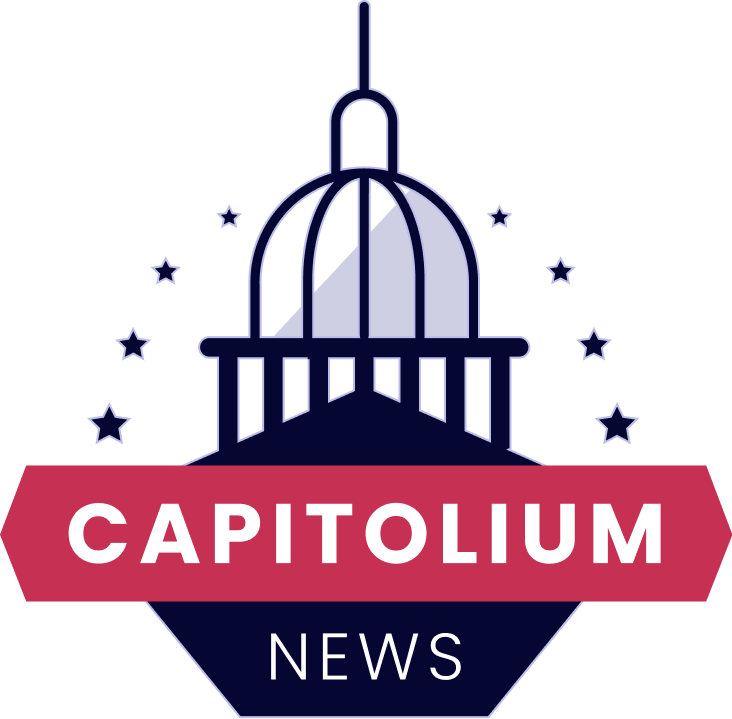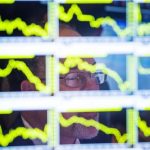In the article JPMorgan Breaks Down 2 Paths for the US Economy in 2025 on GodzillaNewz.com, two potential paths are outlined for the US economy as we look ahead to the year 2025. These scenarios are based on various factors and trends that are currently shaping the economic landscape in the United States. Let’s delve deeper into the two paths identified by JPMorgan and the implications they may have for individuals, businesses, and policymakers.
The first path outlined by JPMorgan involves a scenario where the US economy experiences robust growth driven by technological innovation, a skilled workforce, and strong consumer spending. In this optimistic scenario, investments in emerging technologies such as artificial intelligence, renewable energy, and blockchain drive productivity gains across various industries. The labor market is characterized by high demand for workers with specialized skills, leading to higher wages and low unemployment rates.
Under this scenario, businesses are able to adapt quickly to changing market dynamics and leverage data analytics and automation to streamline operations and improve efficiency. As a result, corporate profits soar, leading to increased investment in research and development, infrastructure, and workforce development. The stock market performs strongly, providing attractive returns for investors and fueling further economic growth.
Moreover, a flourishing economy in this scenario translates into higher consumer confidence and spending. Increased disposable income, coupled with a wide array of innovative products and services, leads to strong demand for goods and services. Retailers, manufacturers, and service providers benefit from this consumer-led growth, driving further expansion across sectors.
However, the second path envisioned by JPMorgan presents a more challenging scenario for the US economy in 2025. This scenario is characterized by sluggish economic growth, geopolitical uncertainties, and disruptive shifts in industries. A combination of factors such as global trade tensions, geopolitical conflicts, and regulatory changes weigh down on business sentiment and investment.
In this less favorable scenario, businesses face mounting pressures from rising input costs, unpredictable supply chains, and changing consumer preferences. Market volatility and uncertainty lead to cautious spending decisions, slowing down overall economic activity. The labor market struggles to create sufficient high-quality employment opportunities, leading to stagnant wage growth and rising income inequality.
Moreover, under this scenario, policymakers are confronted with the daunting task of navigating through economic headwinds and devising effective strategies to stimulate growth and employment. Central banks may face challenges in maintaining price stability and supporting financial markets amidst heightened uncertainty and market volatility.
In conclusion, the two paths for the US economy in 2025 identified by JPMorgan underscore the importance of proactive planning, strategic decision-making, and risk management in a rapidly evolving global economy. While the optimistic scenario offers a glimpse of the transformative potential of technology and innovation, the less favorable scenario serves as a reminder of the risks and challenges that lie ahead. By staying attuned to market trends, leveraging data-driven insights, and fostering collaboration between various stakeholders, individuals, businesses, and policymakers can better navigate through the uncertainties and opportunities that define the economic landscape of tomorrow.



